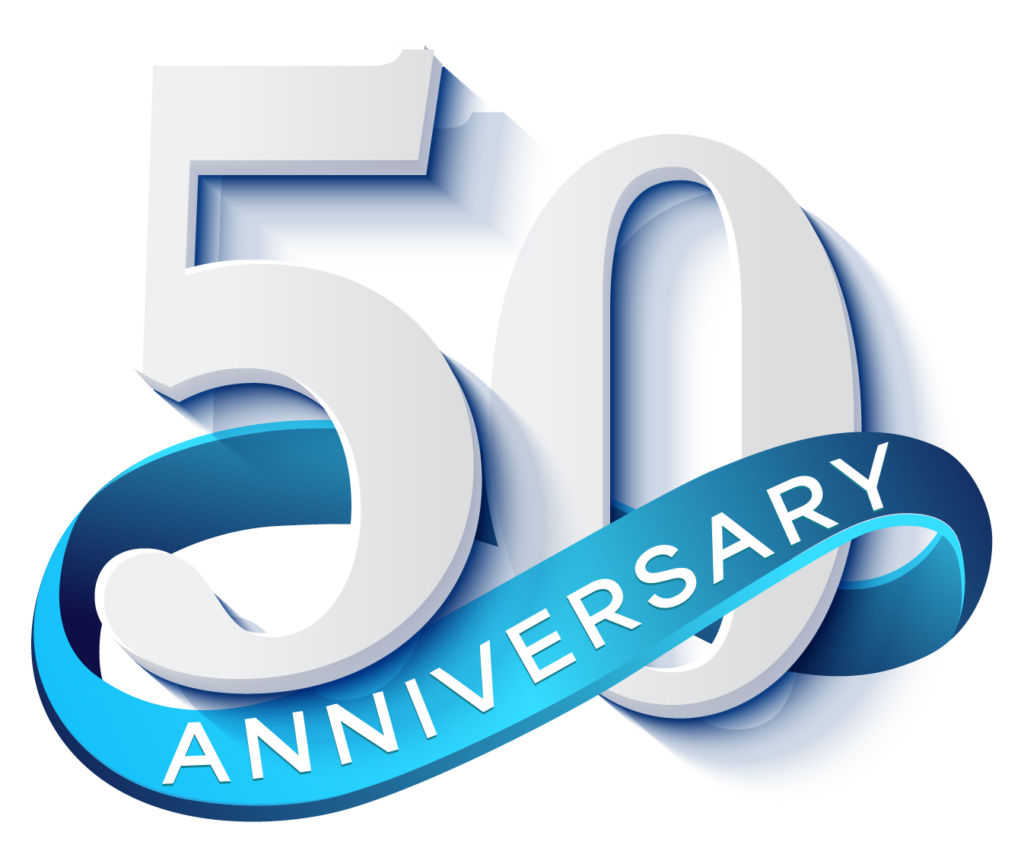Within corporate dynamics, the emotional state and actions of your team pivot significantly around the axis of leadership. Picture this: under the guidance of a visionary leader, a team brims with enthusiasm, each member’s potential is tapped, and collaboration blooms like a well-tended garden. Contrast this with the atmosphere under a leader lacking in empathy or vision – the energy plummets, creativity withers, and the once vibrant team spirit fade into a shadow of its former self. It’s startling how leadership can act as the rain or drought in the landscape of team performance.
Consider this compelling notion: “Employees don’t leave companies; they leave bad leaders.” This sentiment echoes in the hallways of enterprises worldwide, reinforcing the undeniable impact of leadership on employee engagement, trust, and ultimately, performance. All in all, a superior leader not only cultivates a fertile environment for professional growth but also significantly contributes to the company’s financial health.
Therefore, mastering how to develop leadership skills in employees is not just an option but a fundamental necessity for organizations aiming to thrive. It begs the question, how can we transform competent employees into exemplary leaders? In this blog post, we’ll explore targeted strategies and practices that answer precisely how to develop leadership skills in employees, ensuring your leadership pipeline is robust, dynamic, and adept at navigating the complexities of the modern business landscape.
Understanding Leadership
To truly harness the potential that lies within our employees, developing leadership skills is pivotal. But before we can mold great leaders, we must first understand the very essence of leadership itself.
Definition and Characteristics
Leadership is an art as well as a science, involving the ability to influence, motivate, and enable others to contribute toward the effectiveness and success of the organizations of which they are a part. This influence extends beyond mere management tasks; it embodies the capacity to inspire, to ignite change, and to craft a vision that others are drawn to follow.
Key characteristics of effective leadership include:
- emotional intelligence
- decisiveness
- integrity
- the ability to communicate
- and how to delegate effectively.
Different Leadership Styles
Understanding the myriad of leadership styles is crucial in crafting a versatile leadership development strategy. These styles range from autocratic, where decisions are made unilaterally, to democratic, which involves considerable input from team members.
There’s also transformational leadership, characterized by its focus on initiating change and inspiring followers to exceed their interests for the greater good of the organization, contrasted with transactional leadership, which is oriented around structured tasks and rewards for performance.
Research by James MacGregor Burns and later expanded upon by Bernard M. Bass highlighted the effectiveness of transformational leadership in various organizational settings. This research indicated that transformational leaders can achieve higher levels of team engagement, satisfaction, and overall productivity, providing a compelling argument for nurturing this leadership style within emerging leaders.
Assessing Current Leadership Skills
Unraveling the layers of existing skills through meticulous assessment and personality tests for leaders throws open the doors to targeted development.
Self-Assessment for Employees
Self-assessment serves as a mirror for employees, reflecting their current capabilities, inclinations, and areas necessitating enhancement. It embodies the principle of introspection in professional development, urging individuals to take account of their strengths and vulnerabilities.
Tools like the Personalysis Executive Intensive Program offer a comprehensive approach to understanding and enhancing leadership qualities. It is designed to elevate the way leaders live and lead, maximizing their leadership potential to create an empowering work environment. By focusing on both processes and people, the program helps leaders increase their knowledge and skills in creating standardization and compliance, while also developing deeper self-awareness and the ability to foster healthy relationships. This dual focus ensures leaders are equipped to manage effectively and inspire their teams, setting the foundation for individual and collective success.
Ready to take your essential leadership skills to the next level?
Managerial Evaluation
While self-assessment offers an internal perspective, managerial evaluation provides an external lens, scrutinizing an employee’s leadership competencies from the vantage point of their superiors. This method leverages the observational insights of managers who, through daily interactions and performance outcomes, can offer invaluable feedback on an employee’s leadership demeanor, decision-making acuity, and interpersonal skills. Among the substantive benefits of managerial evaluation is the guidance it provides in pinpointing leadership potential and developmental needs across a team.
Identifying Leadership Gaps
Pinpointing leadership gaps is a critical step toward sculpting the leaders of tomorrow. It’s where theory meets practice, allowing organizations to bridge the discrepancy between current capabilities and future leadership requirements. This pivotal process ensures businesses are not just reacting to the demands of today but proactively preparing for the challenges of tomorrow.
Gap Analysis Techniques
Gap Analysis Techniques serve as a navigational compass for organizations, guiding them in identifying the disparities between the current state of key leadership skills and where they need to be to meet future organizational goals.
This methodical approach involves three fundamental steps:
- pinpointing the existing core leadership skills through assessments already discussed
- defining the optimal leadership model tailored to future strategic directions
- mapping out the difference between the current and desired states.
For instance, a joint study done by MIT Sloan Management Review and IBM Institute for Business Value highlighted the effectiveness of gap analysis in identifying leadership competencies crucial for strategic innovation and change management, demonstrating that organizations utilizing gap analysis were more likely to achieve successful transformational outcomes compared to those that did not.
Feedback Mechanisms
Feedback mechanisms are an indispensable part of any employee leadership development strategy, providing both leaders and future leaders with insights into their performance, areas of strength, and growth opportunities. These can take various forms, from 360-degree feedback surveys, which encompass perspectives from supervisors, peers, and direct reports, to more informal, ongoing dialogue. A significant advantage of utilizing feedback mechanisms is the creation of a continuous learning culture within an organization.
According to a report by Gallup, units with managers who received feedback on strengths observed a 12.5% increase in productivity. This shows not only the potential of feedback to enhance individual leadership capabilities but also its broader impact on organizational performance. Feedback encourages open communication, fosters professional development, and aligns individual leadership growth with overarching organizational objectives, making it a vital component in identifying and addressing leadership gaps.
Tailoring Development Plans
Crafting a focused roadmap for leadership enhancement hinges on recognizing each leader’s unique development trajectory. This requires not only understanding the diverse backgrounds and capabilities leaders bring to the table but also the collective dynamics within which they operate.
Individualized Approaches
Individualized development plans are tailor-made strategies that cater to the unique needs, strengths, and areas for improvement of each leader. By leveraging data from self-assessments, managerial evaluations, and feedback mechanisms, these leadership development plans offer a personalized blueprint that aligns with both the individual’s career aspirations and the strategic goals of the organization.
Group Training Strategies
Whereas individualized approaches focus on the leader’s personal growth trajectory, group training strategies aim to enhance collective leadership capabilities within a team or across the organization. These strategies include workshops, team-building personality tests and exercises, and leadership retreats that encourage collaboration, peer learning, and the sharing of diverse perspectives. A pivotal benefit of group leadership training is the cultivation of a shared leadership vision that supports organizational coherence and resilience.
Communication Mastery
Mastering the art of leadership communication as one of the best soft skills is the bedrock upon which effective leadership is built, creating a foundation for trust, clarity, and collaboration within any organization.
Effective Verbal Communication
Effective verbal communication is pivotal in transmitting ideas, shaping policies, and inspiring action within teams. It entails not only the words chosen but also the delivery methods, including tone, pace, and clarity. A standout aspect of proficient verbal communication is the ability to tailor messaging to the audience, ensuring comprehension and engagement.
Non-Verbal Communication Skills
Non-verbal communication skills complement verbal communication by conveying attitudes, emotions, and reactions through body language, eye contact, gestures, and facial expressions. These cues play a crucial role in reinforcing or contradicting spoken words, impacting the listener’s perception and the overall message’s effectiveness. According to research in the Frontiers in Psychology journal, leaders who adeptly use non-verbal cues are perceived as more credible and charismatic, fostering a stronger connection and trust with their teams.
Building a Leadership Culture
Building a leadership culture within an organization is not just about improving the top tiers of management; it’s about embedding leadership qualities at every level and ensuring inclusivity in leadership practices. This dynamic approach cultivates a resilient and adaptable workforce, poised to meet the challenges of an evolving business landscape.
Fostering Leadership at All Levels
Fostering leadership at all levels involves recognizing and nurturing potential leadership qualities across all positions within the organization. This democratized view of leadership identifies that every employee, irrespective of their role, can exhibit leadership through initiative, decision-making, and influence. By encouraging employees to take leadership roles in projects, decision-making processes, and innovation drives, organizations can unlock immense potential, fostering a culture of empowerment, responsibility, and collective progression.
Inclusive Leadership Practices
Inclusive leadership practices are critical in leveraging the diverse perspectives, backgrounds, and talents within an organization. This entails creating an environment where all members feel valued and empowered to contribute their best work. Such practices involve active listening skills, equitable treatment, and providing platforms for all voices to be heard. Inclusive leadership not only enhances employee engagement and job satisfaction but also drives creativity, adaptability, and competitive advantage by ensuring that diverse perspectives are integrated into decision-making processes and organizational strategies.
Final Thoughts: How to Develop Leadership Skills in Employees
Leadership skills development within an organization is a multifaceted endeavor that requires a comprehensive approach. From enhancing communication skills and developing tailored training strategies to fostering an inclusive leadership culture, each aspect plays a vital role in building resilient and dynamic leaders. These good leaders not only drive organizational success but also create an environment where every employee feels empowered to achieve their full potential.
Discover how The Personalysis Executive Leadership program can transform your organization’s leadership landscape and foster a culture of success.
Let’s work together to create a thriving workplace culture, one leader at a time.




